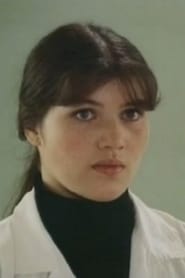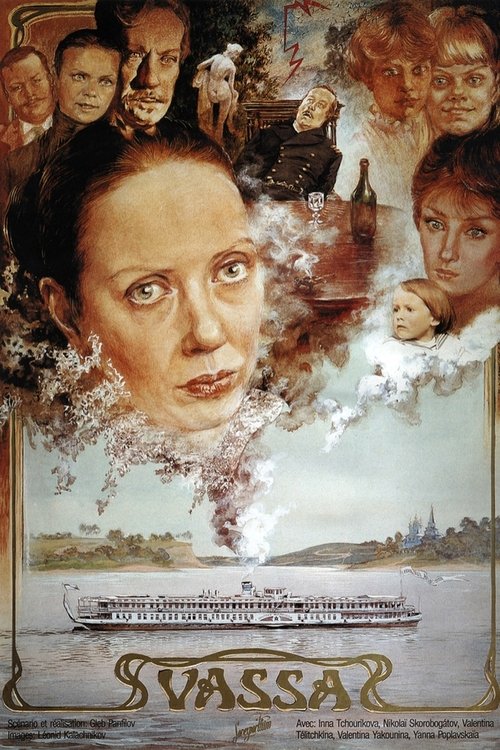
Ask Your Own Question
What is the plot?
What is the ending?
In the movie "Birthday," the ending reveals the culmination of the characters' emotional struggles and relationships. The main character, a young girl, confronts her feelings about her family and the passage of time during a birthday celebration. The film concludes with a poignant moment of realization and acceptance, as the characters come to terms with their past and the changes in their lives.
As the final scenes unfold, the atmosphere is charged with a mix of nostalgia and tension. The birthday party, initially filled with laughter and joy, begins to take on a more somber tone. The young girl, who has been the center of attention, starts to feel the weight of expectations and the complexities of her family dynamics.
Scene by scene, the narrative progresses as follows:
The party is in full swing, with colorful decorations and balloons adorning the space. Friends and family gather around, singing "Happy Birthday" with enthusiasm. The young girl, however, feels a sense of detachment as she watches the festivities unfold. Her smile is forced, and her eyes betray a deeper turmoil. She glances at her parents, who are engaged in a quiet argument in the corner, their voices barely audible over the cheerful chaos.
As the cake is brought out, the girl's internal conflict intensifies. She wishes for a moment of genuine connection with her family, but instead, she feels isolated. The camera captures her longing gaze as she observes her friends enjoying the moment, laughing and playing games. The contrast between their joy and her internal struggle is palpable.
In a pivotal moment, the girl steps away from the party, seeking solace in a quiet corner of the yard. Here, she reflects on her feelings of inadequacy and the pressure to meet her family's expectations. The sunlight filters through the trees, casting dappled shadows on her face, symbolizing the duality of her experience--joy intertwined with sorrow.
As the party continues, her parents eventually notice her absence and come looking for her. They find her sitting alone, and a moment of vulnerability unfolds. The mother kneels beside her, gently asking what's wrong. The girl, with tears in her eyes, expresses her fears about growing up and the changes that come with it. This heartfelt exchange marks a turning point in their relationship, as the mother opens up about her own struggles and reassures her daughter that it's okay to feel lost sometimes.
The father joins them, and together they share a moment of understanding. The family embraces, and the warmth of their connection begins to mend the rifts that had formed earlier in the day. The girl realizes that while change is inevitable, love and support from her family can help her navigate through it.
The film concludes with the family returning to the party, hand in hand. The atmosphere shifts as they rejoin the festivities, now infused with a sense of unity and acceptance. The girl blows out the candles on her cake, making a wish not just for herself, but for her family to grow closer and face the future together.
As the credits roll, the audience is left with a sense of hope and the understanding that birthdays are not just about celebration, but also about reflection, growth, and the bonds that hold us together through life's changes. Each character, having faced their own struggles, emerges with a renewed sense of purpose and connection, ready to embrace the journey ahead.
Is there a post-credit scene?
The movie "Birthday," produced in 1982, does not feature a post-credit scene. The film concludes its narrative without any additional scenes or content after the credits roll. The story wraps up in a way that leaves the audience with a sense of closure regarding the characters and their journeys, making a post-credit scene unnecessary for the overall plot.
What is the significance of the birthday party in the film?
The birthday party serves as the central setting for the film, where various characters converge, revealing their relationships and conflicts. It symbolizes a moment of celebration that contrasts with the underlying tensions and secrets among the guests.
How does the character of the birthday girl evolve throughout the film?
The birthday girl starts as an excited and hopeful individual, looking forward to her celebration. As the events unfold, she becomes increasingly aware of the complexities of her relationships, leading to moments of introspection and emotional turmoil.
What role do the secondary characters play in shaping the main character's experience?
The secondary characters, each with their own motivations and backstories, create a tapestry of interactions that challenge the main character's perceptions. Their conflicts and revelations force her to confront her own desires and fears, ultimately influencing her emotional journey.
What are the key conflicts that arise during the birthday celebration?
Key conflicts include jealousy, unrequited love, and hidden resentments that surface among the guests. These tensions create a charged atmosphere, leading to confrontations that reveal deeper issues within the group.
How does the setting of the birthday party contribute to the film's tension?
The setting, a seemingly festive and joyful environment, contrasts sharply with the emotional undercurrents among the characters. The decorations and celebratory atmosphere amplify the irony of the conflicts, making the eventual revelations more impactful.
Is this family friendly?
The movie "Birthday," produced in 1982, is not particularly family-friendly and contains several elements that may be objectionable or upsetting for children or sensitive viewers.
-
Themes of Death and Grief: The film explores heavy themes surrounding mortality and the emotional turmoil that accompanies loss, which may be difficult for younger audiences to process.
-
Intense Emotional Scenes: There are moments of heightened emotional distress, including characters experiencing profound sadness and despair, which could be unsettling.
-
Family Conflict: The narrative includes scenes of familial tension and conflict, showcasing strained relationships that may be uncomfortable for viewers, especially children.
-
Existential Questions: The film delves into existential themes that may be confusing or distressing for younger viewers, as it raises questions about life, purpose, and the passage of time.
-
Visual Imagery: Some scenes may contain visual elements that are dark or somber, contributing to an overall atmosphere that might be unsettling.
These aspects may not be suitable for all audiences, particularly younger children or those sensitive to emotional or existential themes.


































